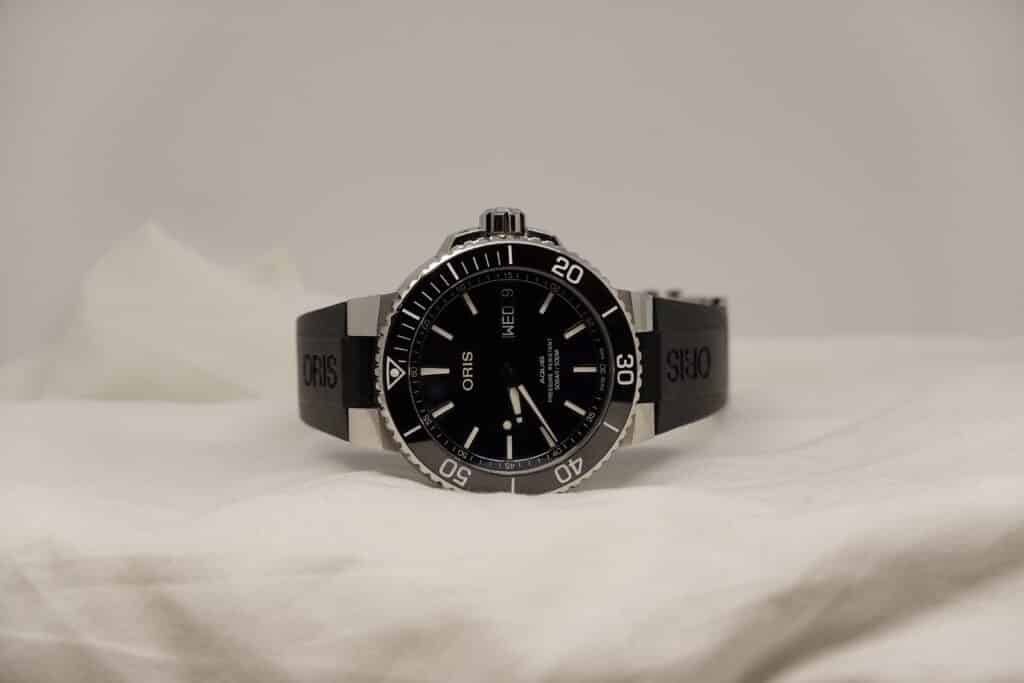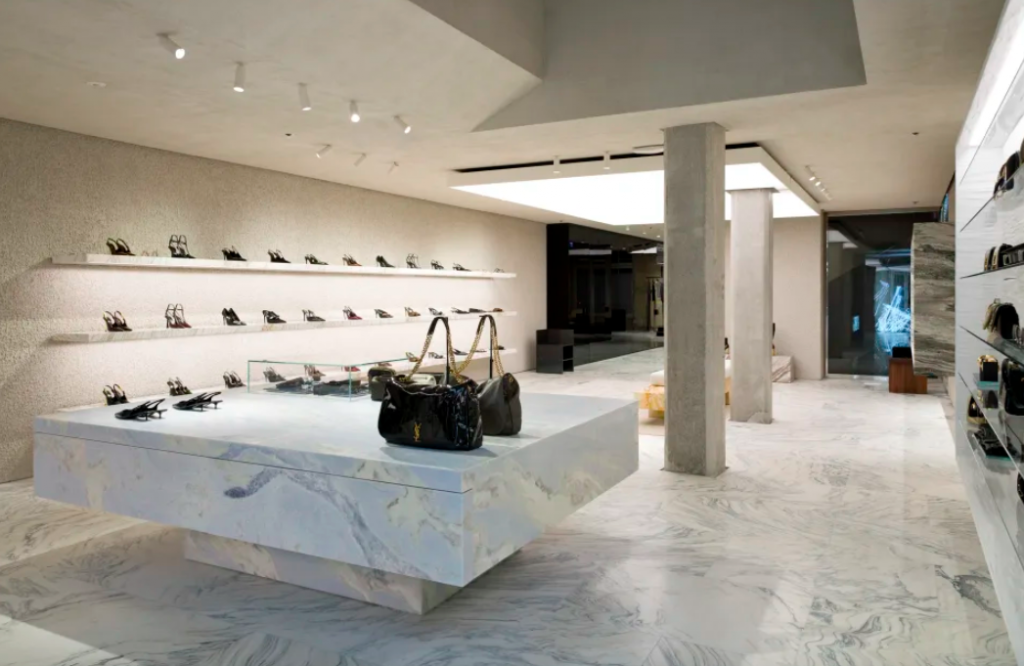Luxury is Gay

The Unseen Seam: How the Gay Professional Community Has Woven Itself into the Fabric of Luxury
From the hushed ateliers of haute couture to the gleaming boardrooms of global conglomerates, the gay professional community has been an undeniable and indispensable force in shaping the luxury industry. For decades, their creative vision, entrepreneurial spirit, and discerning taste have not only contributed to the aesthetic evolution of luxury but have also fundamentally influenced its values and direction, transforming it into a more inclusive and dynamic landscape.
The most visible and celebrated contributions have undoubtedly been in the realm of fashion. Legendary designers such as Christian Dior, Yves Saint Laurent, and Karl Lagerfeld, though often discreet about their private lives in less tolerant times, laid the very foundation of modern luxury fashion. Their innovative silhouettes, daring use of color, and redefinition of femininity became the industry’s gold standard. Following in their footsteps, a new generation of openly gay designers, including Tom Ford, Marc Jacobs, and Alexander McQueen, continued to push boundaries. They infused their work with personal narratives and a distinct queer sensibility, challenging traditional notions of gender and beauty. Tom Ford’s sensual and provocative designs for Gucci in the 1990s are credited with revitalizing the brand, while Marc Jacobs’s grunge-infused collections and Alexander McQueen’s theatrical and often subversive runway shows have left an indelible mark on the industry’s creative consciousness.
Beyond the design studios, the influence of the gay professional community extends to the highest echelons of luxury business. Visionary leaders and executives have been instrumental in steering some of the world’s most iconic brands. Their strategic acumen and deep understanding of consumer desires have been crucial in navigating the complexities of the global market. The presence of openly LGBTQ+ individuals in leadership positions has also fostered more inclusive corporate cultures, paving the way for greater diversity and representation within the industry.
The evolution of luxury marketing and advertising offers a compelling narrative of the gay community’s growing influence. What began as subtle “gay vague” coding in advertisements, discernible only to those in the know, has blossomed into overt and celebratory representations of LGBTQ+ individuals and relationships. Brands like Calvin Klein, with its iconic and often controversial campaigns, were among the first to tap into the zeitgeist of a more open and accepting society. Today, it is commonplace to see same-sex couples and transgender models featured in campaigns for major luxury houses, a testament to both the industry’s recognition of the significant purchasing power of the “pink dollar” and a genuine commitment to inclusivity. This shift has been driven not only by a moral imperative but also by the realization that authenticity and diversity resonate with a broader consumer base, particularly millennial and Gen Z shoppers who prioritize brands that align with their values.

The economic impact of the LGBTQ+ consumer on the luxury market is substantial and continues to grow. With a higher-than-average disposable income and a keen appreciation for quality and craftsmanship, the gay community has long been a key demographic for luxury goods and services. This has not gone unnoticed by the industry, which has increasingly tailored products and experiences to cater to this discerning clientele.
This influence is particularly evident in the luxury travel and hospitality sector. The gay community has been at the forefront of shaping travel trends, seeking out destinations and establishments that are not only luxurious but also welcoming and inclusive. This has led to the rise of boutique hotels, curated travel experiences, and marketing campaigns that specifically target LGBTQ+ travelers, setting a new standard for personalized and accepting hospitality.
In recent years, the relationship between the gay professional community and the luxury industry has matured into a more collaborative and symbiotic one. Beyond mere representation, there is a growing trend of authentic partnerships and a shared commitment to social responsibility. Luxury brands are increasingly supporting LGBTQ+ causes and community organizations, understanding that their role extends beyond commerce to cultural and social leadership.3
The journey has not been without its challenges, and the fight for full equality and representation is ongoing. However, the indelible contributions of the gay professional community have irrevocably transformed the luxury industry. From the clothes we wear to the places we travel, their vision, talent, and resilience have woven a richer, more vibrant, and ultimately more human tapestry of modern luxury.


